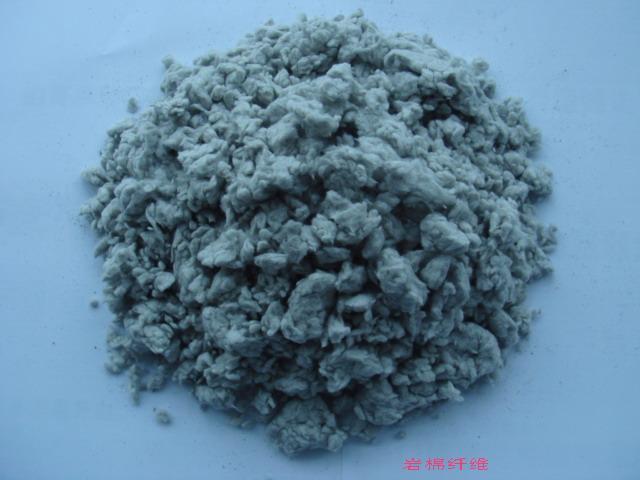Rockwool for Insulation
 material because of its superior ability to block heat and sound. Rockwool insulation is commonly used in building construction, industrial plants, and in automotive applications.
material because of its superior ability to block heat and sound. Rockwool insulation is commonly used in building construction, industrial plants, and in automotive applications.Today, this process is replicated in commercial furnaces where minerals and other raw materials are heated to roughly 2,910° F (1,600° C) and subjected to a current of steam or air. Oil is also added during production to decrease the formation of dust. More advanced techniques require rotating the molten rock at high speeds in a spinning wheel, resembling the way that cotton candy is made. Finished rockwool is a mass of fine intertwined fibers that are bound together with starch and used as loose fill or assembled into blankets (batts and rolls). The main producers of rockwool in the U.S. are located in North Carolina, Texas, Washington and Indiana.
Rockwool's Performance as an Insulator
The individual fibers that compose rockwool insulation are good conductors of heat on their own, but sheets and rolls of this insulation are efficient at blocking the transfer of heat. They are often used to prevent the spread of fire in buildings, in light of their extremely high melting point of 1,800° F to 2,000° F. With an R-value of 3.10 to 4.0, rockwool can play a significant role in reducing energy consumption in homes and businesses. Problems sometimes arise because rockwool can retain a large amount of water, although gravity will allow it to drain, as long as it has a path to escape.

Common Applications
- In loose-fill form, it can be used for insulating equipment, tanks, pipelines, ovens and furnaces.
- It is used in the manufacture of acoustical ceiling tiles.
- It is used as for residential, commercial and industrial insulation. Rockwool is very effective for use as insulation behind and around electrical boxes, wires and pipes. It can fill most wall cavities, leaving virtually no voids.
- It is also used as spray-on fireproofing material.
Safety

